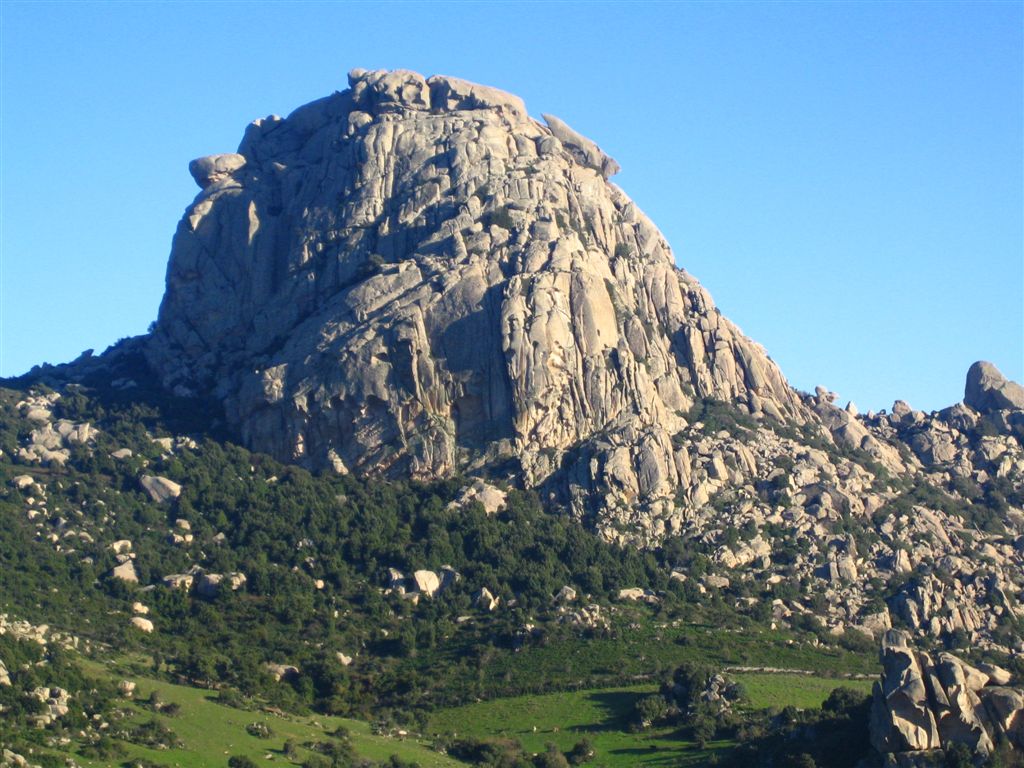Tempio Pausania is an important town in Gallura known for the extraction and transformation of cork and granite, to which the museum of cork machines is also dedicated. The architecture of this little town of prominent importance is made up of granite blocks with marked similarities to the cities of southern Corsica. Located near Mount Limbara, it offers a naturalistic landscape full of water and forests. Its vegetation varies from the high and impenetrable scrub to the uncultivated plain near the top of the mountain being a great spot for trekkers.
From the granite springs of Rinaggiu, located on the slopes of Mount Limbara, cold low mineral water with a high silica content flows, which filtering very slowly through the granite rock deposits all impurities and therefore becomes poor in minerals and of great therapeutic utility. This water is considered among the healthiest’s in the world
The origins of Tempio Pausania date back to the Roman period, the city is said to have been formed by the unification of the two stations of Gemellae and Templum. The name of Tempio Pausania appears for the first time in 1173, in an agreement stipulated between the bishop of Civita and the city of Pisa.

During the year, the city attracts many tourists for the Carrasciali timpiesu, the carnival of the city, we can date this festivity back to the pre-Roman era given that it appears the figure of George; divinity to whom they came offered sacrifices during rites aimed at ingratiating himself with his favors. Today His Majesty King George is represented with a puppet, an icon of all the evils of the city and of life. The story narrate that for six days, His majesty is acclaimed, honored and adored, but on Shrove Tuesday, the king, guilty of everything, is tried and burned in the public square, repeating the ancient rite of fire that claims the end of the winter and the arrival of spring. Among the ancient carnival traditions of Tempio we also remember Lu Palu di la Frisgjola, a palio in which galloping riders have to take a long pancake, the frisgjola, held dangling by a masked girl facing a balcony. According to tradition, if the rider is successful, he could spend the evening in the company of the girl.
The area is also rich in cultural attractions, in the center of the village there is the cathedral of San Pietro apostolo, the Spanish Our Lady of Pilar and the historic churches of Sant’Antonio, del Purgatorio and San Giuseppe. In the municipality there is also Piazza Faber, at the center of which there is an installation art directed by the famous Renzo Piano, named after the Italian singer-songwriter Fabrizio De Andrè who lived for a long time on the Agnata estate and who many times expressed his love for the Sardinian territory.